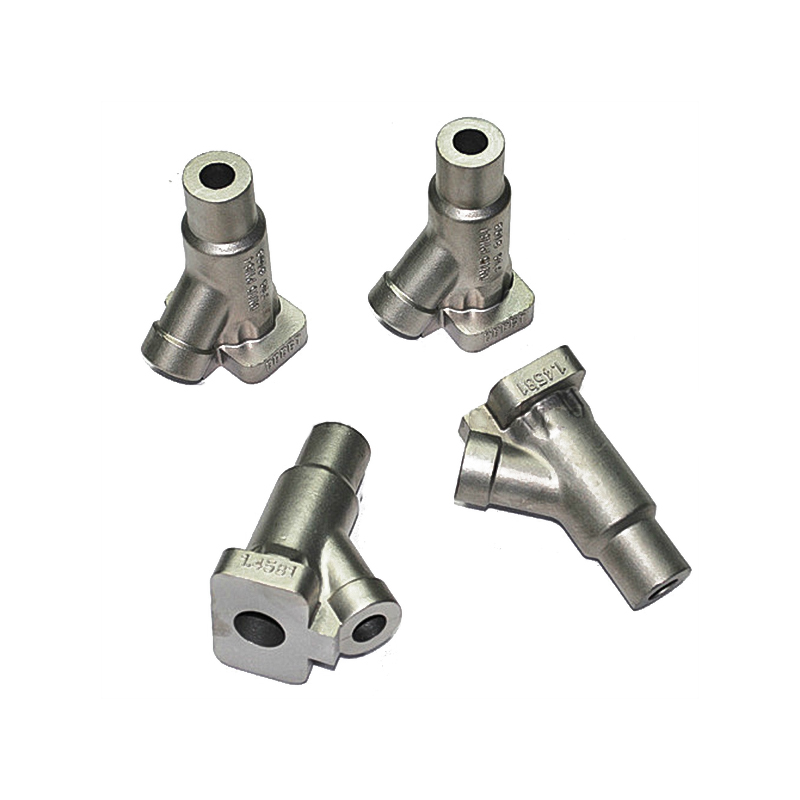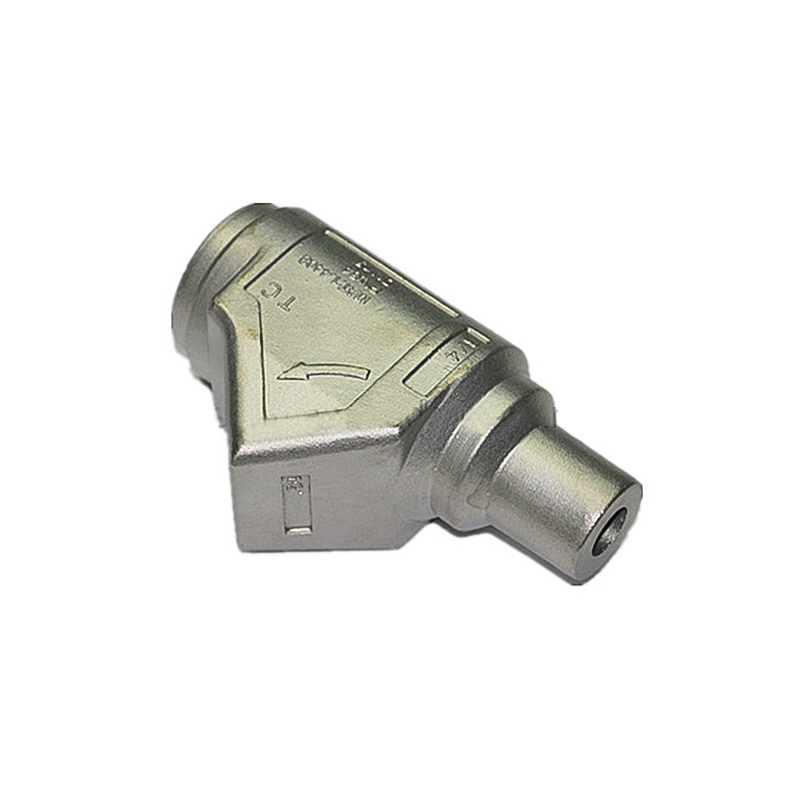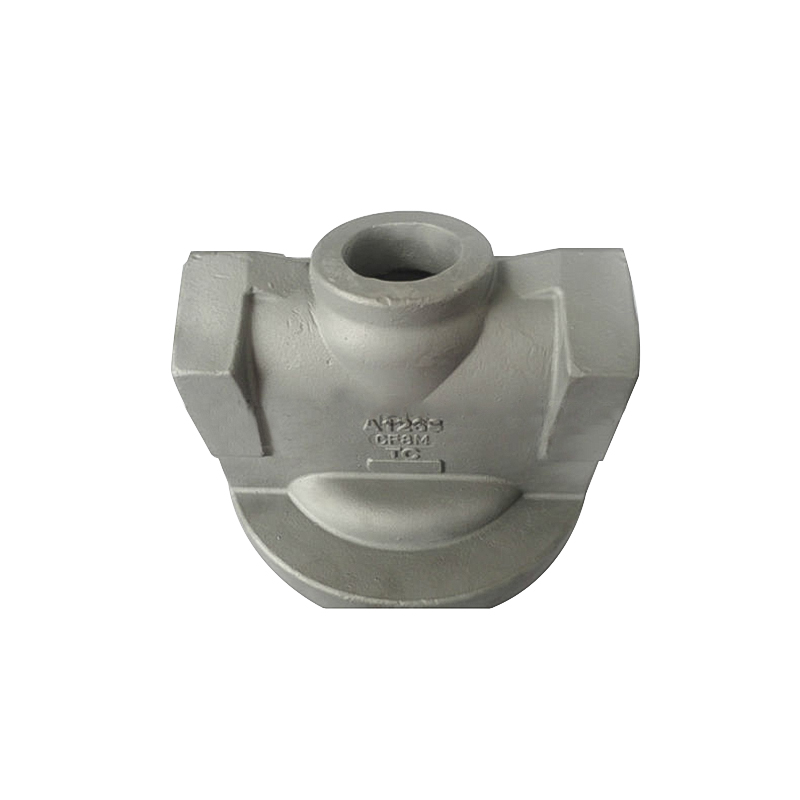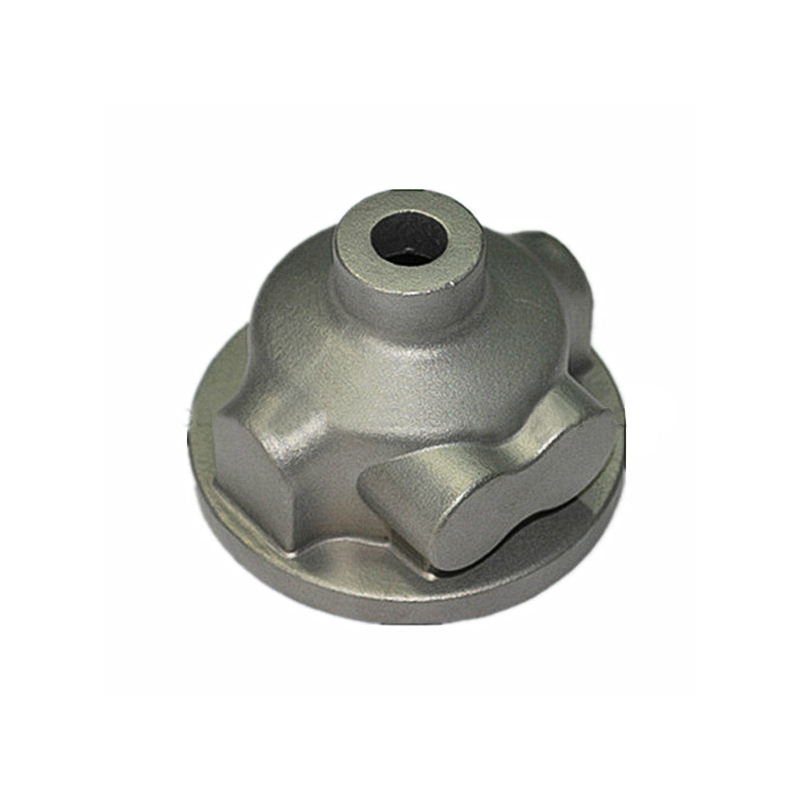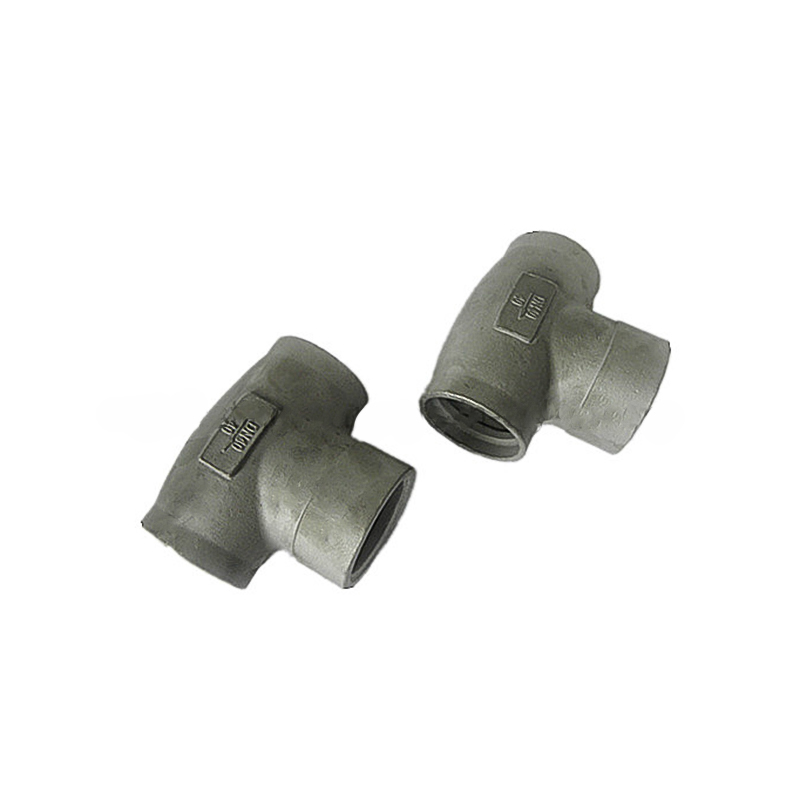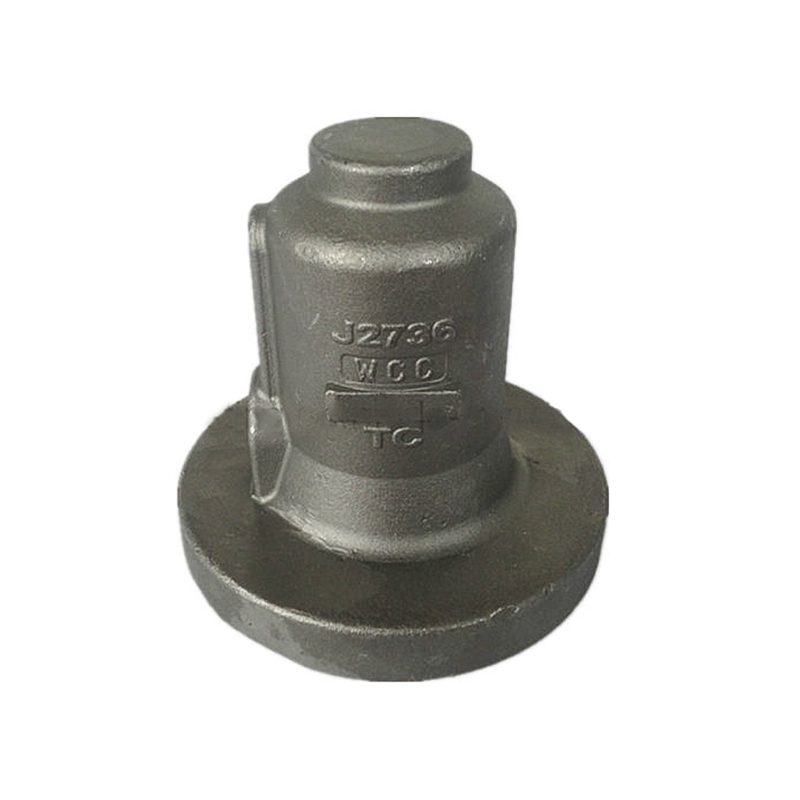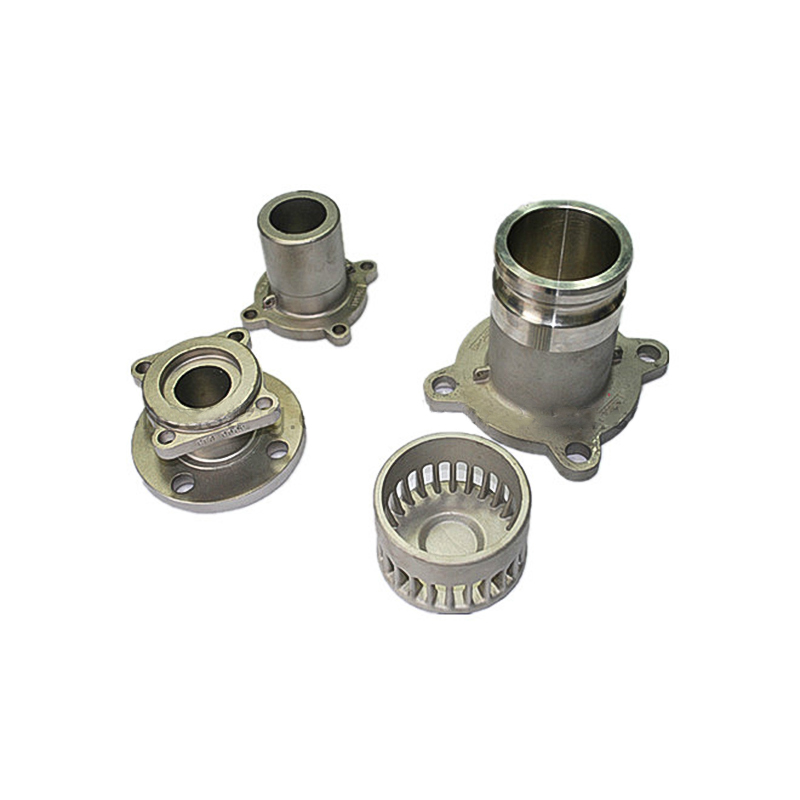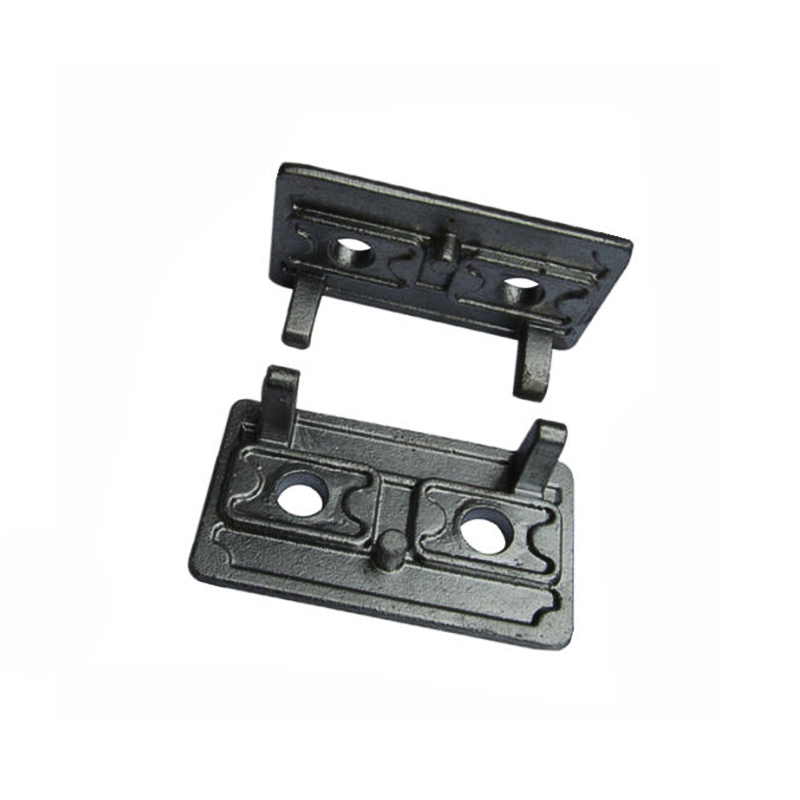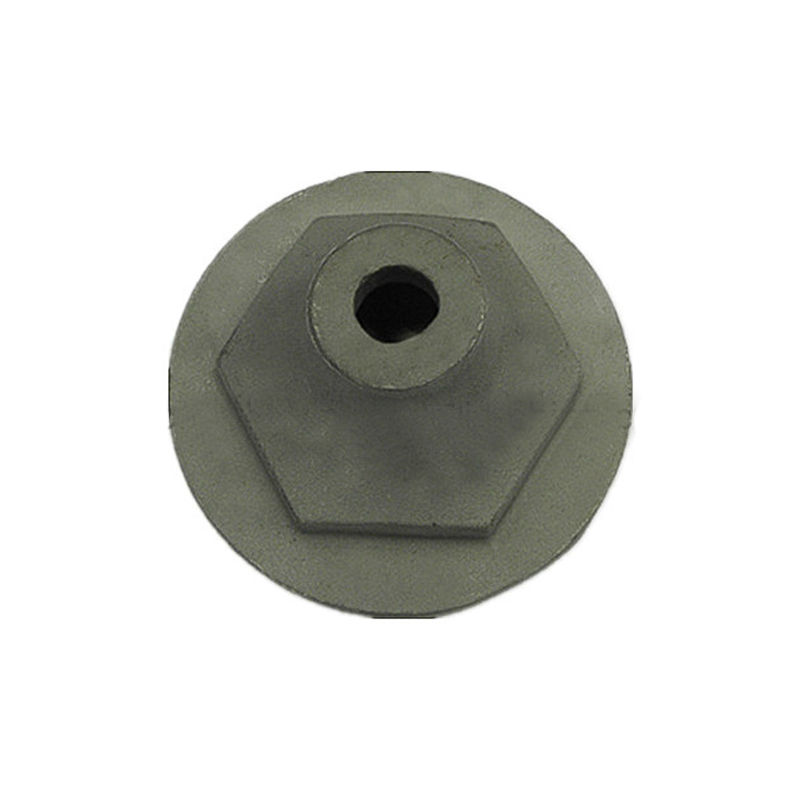Learn about the casting process of Casting Excavator Adapter/ Bucket Tooth for Daewoo
The casting process of Daewoo Casting Excavator Adapter/Bucket Teeth is a sophisticated and complex process involving a variety of technical means and process links. In order to ensure that each casting meets high standards, YF Company uses advanced casting technologies such as sand casting, precision casting, steel sand casting and investment casting. The following is a specific casting process flow and its application:
Sand casting is one of the most commonly used casting processes, especially for the production of medium and large bucket teeth and adapters. In the sand casting process, the casting team first makes a sand mold. When making a sand mold, a method called "sand mold" is used to mix sand with a binder to form a mold that can withstand high-temperature metal pouring.
(1) Mold making:
Sand mold making: Finely screened sand is mixed with a binder (usually clay) to form a mold suitable for the shape of the casting. The sand mold is usually divided into two halves, and each half is prefabricated with corresponding grooves and channels according to the shape of the bucket teeth and adapters.
Core part: For complex internal structures of bucket teeth, sand cores may need to be added to form cavities or special shapes to ensure the accuracy of holes or complex structures inside the casting.
(2) Casting process:
When the sand mold is completed and dried, its two halves are merged and a pouring port is left in it. A high-temperature metal (such as gray cast iron or ductile iron) is heated to a liquid state and poured into the sand mold through the pouring port to fill the entire mold cavity.
The metal cools and solidifies in the mold to form the final shape of the bucket teeth and adapters.
(3) Demolding and cleaning:
After the casting is cooled, the sand mold is removed to obtain the rough blank of the casting. Then, mechanical equipment is used to remove sand chips and impurities attached to the surface of the casting and perform preliminary cleaning.
The sand casting process has high production efficiency and low cost, and is suitable for mass production of bucket teeth and adapters with simple or medium complexity structures.
Precision casting, or lost wax casting, is a high-precision casting process suitable for the production of bucket teeth and adapters with complex shapes and high precision requirements. This process can ensure the surface finish and dimensional accuracy of bucket teeth and adapters, reducing the difficulty of subsequent processing.
(1) Wax model making: The first step in precision casting is to make a wax model, using molten wax material to make a model of the bucket tooth or adapter according to the design drawings. The surface of the wax model must be carefully processed to ensure that there are no defects and bubbles. (2) Ceramic shell coating: The wax model is immersed in fine sand mortar and brushed and hardened several times to gradually form a solid ceramic shell. The thickness of the ceramic shell is usually designed according to the size and weight of the bucket tooth or adapter and the characteristics of the casting material. After the ceramic shell solidifies, the wax model is removed by heating, leaving a cavity with the exact shape of the bucket tooth or adapter. (3) Pouring and cooling: After the ceramic shell is prepared, it is heated to a high temperature to ensure that the shell is stable. Then, liquid metal is poured into the shell through the gate to fill the entire cavity. As the metal cools, the final shape of the bucket tooth and adapter gradually takes shape. (4) Shell removal and cleaning: After the casting cools and solidifies, the ceramic shell is removed to obtain a precision casting. At this point, the casting has a smooth surface and accurate dimensions, and usually no further sizing and processing is required.
Precision casting is suitable for bucket teeth and adapters that require high precision and complex shapes, and is particularly suitable for applications that require strict control of dimensions and surface quality.
Steel sand casting is another commonly used casting method, mainly used to produce large-sized and heavy-duty bucket teeth. Its main advantage is that it can improve the strength and wear resistance of the casting, and is suitable for high-strength, high-impact bucket teeth and adapters.
(1) Casting mold production:
Steel sand is used as the mold material, which can withstand the pouring of high-temperature metal and improve the mechanical properties of the casting. The mold of steel sand casting is relatively strong, which can ensure the stability of bucket teeth and adapters under heavy loads and extreme working conditions.
(2) Pouring and cooling:
The pouring process is similar to other casting processes, but because steel sand molds have higher strength and better wear resistance, they can effectively improve the service life and wear resistance of bucket teeth. After the casting cools, the mold is removed and cleaned.
The steel sand casting process is widely used in the production of bucket teeth and adapters that require high wear resistance and high strength, especially suitable for environments with high impact loads and heavy operations.
Investment casting is a high-end casting technology suitable for precision products, often used in production requirements with high bucket tooth size and precision. This process can produce meticulous bucket teeth and adapters through precise mold making and high-precision casting methods, suitable for use in high-load and complex working environments.



 English
English Deutsch
Deutsch 简体中文
简体中文
